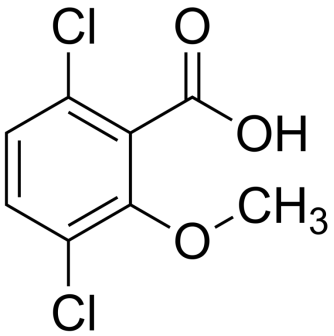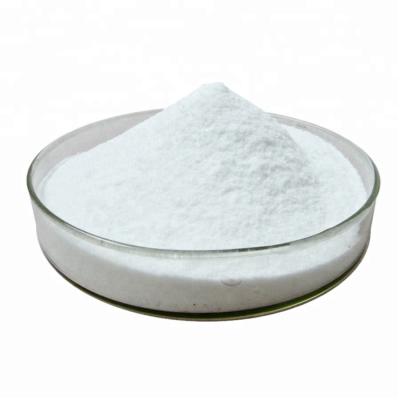Dicamba Herbicide
Common name: Dicamba
Chemical name:
3,6-Dichloro-2-methoxybenzoic acid
Molecular formula: C8H6Cl2O3
Its primary commercial applications are weed control for grain crops and turf areas.
It is also used to control brush and bracken in pastures.
Common name: Dicamba
Chemical name:
3,6-Dichloro-2-methoxybenzoic acid
Molecular formula: C8H6Cl2O3
Structural formula:

Molecular weight: 221.04
CAS No. : 1918-00-9
Physical and chemical properties:
The pure product is white crystal, m.p. 114~116℃, flash point 150℃, decomposes at 200℃, relative density 1.57 (25℃), vapor pressure 0.5Pa (100℃). Solubility at 25°C: 922g/L ethanol, 760g/L isopropanol, 810g/L acetone, 130g/L toluene, 260g/L dichloromethane, 1180g/L dioxane, 6.5g/L water. Good miscibility, stable storage, anti-oxidation and anti-hydrolysis ability.
Specifications:98%TC,48%AS
Usage:
Dicamba kills annual and perennial broadleaf weeds. Its primary commercial applications are weed control for grain crops and turf areas. It is also used to control brush and bracken in pastures, as well as controlling legumes and cacti. In combination with a phenoxy herbicide or with other herbicides, dicamba can be used for weed control in range land and other noncrop areas (fence rows, roadways, and wastage). Dicamba is toxic to conifer species but is in general less toxic to grasses.
Submitted successfully
We will contact you as soon as possible




